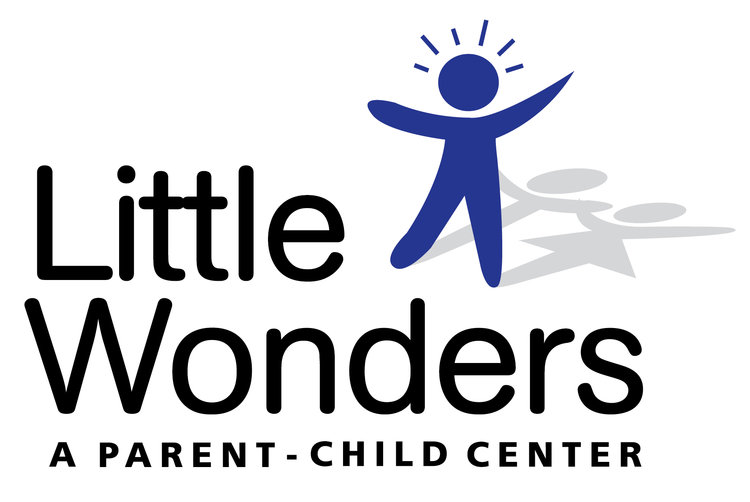Clinical psychologist, Anna Nedelisky Zeman, who spoke at the Little Wonders All School Meeting in October, asked the school’s parents a more provocative question: what does your village look like? This initial inquiry stimulated thought, but to deepen the conversation she further asked: have you ever considered the vastness of your village and that your dentist, pediatrician, and other professionals are a part of your village and contribute to your child’s well-being? Her simple yet challenging questions stimulated thought and discussion among the parents as we shared our responses in pairs.
Dr. Zeman’s presentation developed an awareness among us parents. The responses showed two things: that our village is vast and that this is good news. As I partnered-up with one of the other parents to reflect on our responses to Zeman’s discussion starter, several things came to mind. For one, my au pair is a definitive part of my children’s village. Her involvement in my and my wife’s three children’s lives (ages four, two, and eight months), is vital in the shaping of our children’s character and in forming their competence and self-sufficiency. Other members of our children’s village include our church family. The members of our church spend a considerable amount of time with our children in Sunday School and weekly dinners. The friends we have developed here span four generations. A person’s faith community (whether it is a church, temple, or mosque) is a definitive aspect of their village. A final dimension of my wife’s and my village is being a member of Little Wonders. I have been a Little Wonders dad for four years and have found that, not only do the remarkable parents of our program influence my children, but they also impact me as we share together the joys and challenges of parenting.
As I reflected on Zeman’s question, it was evident that my village is full-to-overflowing and I am grateful to have further developed this awareness of our need for this village as my wife and I raise our children. First, what does your village look like? Consider first your immediate family and the interactions your children have with them. Think outside your home to extended family and their level of investment in cultivating meaningful relationships with your children. How about the community outside your family: teachers, coaches, parents of your child’s peers, and spiritual leaders and members of your faith community (if that applies)? And finally, what network are you a part of for receiving medical and dental care for your children: dentists, pediatricians, and so on? Take a moment to list the members of your child’s or children’s village.
Secondly, what are your criteria for choosing the environments and people with whom you wish to raise your children? This is a question that delves into the values we desire to instill in our kids. Is your village reflective of the type of people you wish for your children to become? The character we would like to see formed in our kids will be created, in large part, by the circles of influence of which they are a part. For my wife and me, we desire that our children grow to be grateful people. We look toward surrounding them with models that help them develop an awareness toward the abundance they have and how it is something for which they can be thankful, even generous. Other values might include love of self, personal relationships, and trying your best. Finally, does the way you invest your children’s time demonstrate the values your family holds and the type of village with which you wish to surround them? This gets down to brass tacks because time is one of the greatest commodities we possess. When we apply our time to something, we are making a statement about our values. Wisdom would suggest that values and time ought to be congruent with one another and that the village with which we surround ourselves should also be reflective of that.
As we make resolutions for ourselves this year, consider your village, who is in it, and what values most define it. Making resolutions to invest more deeply in the relationships that shape our children’s lives is worth it and will reap long-term dividends. If there is something missing from your village, consider what that might be and how to fill the gap. Whatever it is you decide about your village, know that it is ultimately good news that it is not incumbent upon you to do all the child-rearing. A village surrounds us and we can establish the values and criteria that will most readily define what that looks like.

